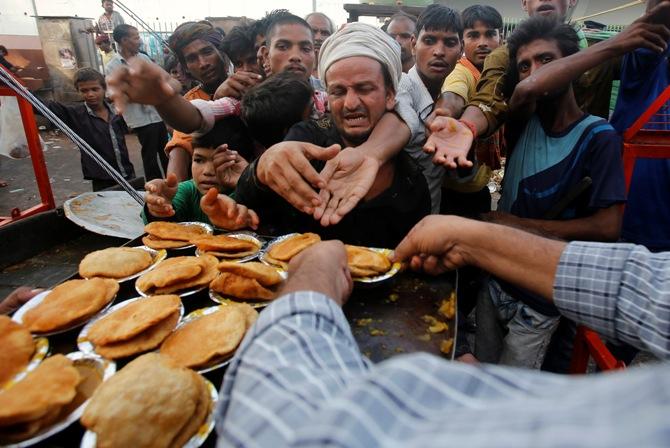
The number of poor people in India, as counted by the world, will soon change dramatically.
The World Bank has revised the Purchasing Power Parity index and the global poverty line is being revised, too.
Put together, the two measures will substantially alter the statistical calculation of poor people in the country.
In all likelihood, it will be much lower than the existing calculations of the Indian government as well as the World Bank.
The World Bank has set the global poverty line at $1.25 a day at present.
But, this was calculated on the basis of the 2005 PPP index.
By that measure, India had about 400 million poor people in 2010.
Please . . .

The revision of the PPP index suggests the Indian economy is much bigger and the purchasing power much higher than estimated earlier.
It also means that the number of poor people is much lower than estimated earlier.
The bank is revising the poverty line to adjust it to the changed index but early calculations by economists suggest the number of poor people in India is set to dwindle, statistically speaking.
Once released, the new numbers, divorced from their mathematical caveats, will not only alter the perception of the Indian economy but also muddle the dynamics of resource sharing between developed and developing countries globally.
Please . . .

While the global poverty figures are of little use functionally, they are the basis of discussing the global fight against poverty and in development debates they indicate where the developed world should provide funds to the ‘poor countries’.
The Millennium Development Goals asked that the number of people living below the poverty line of $1 (1993 PPP levels) be halved between 1990 and 2015.
The Sustainable Development Goals that the world will adopt by 2015 will ask that poverty be eradicated by 2030.
But what if it has been substantially reduced by statistical jugglery already?
The new PPP index, which was last revised in 2005, has stirred a hornet’s nest.
Please . . .
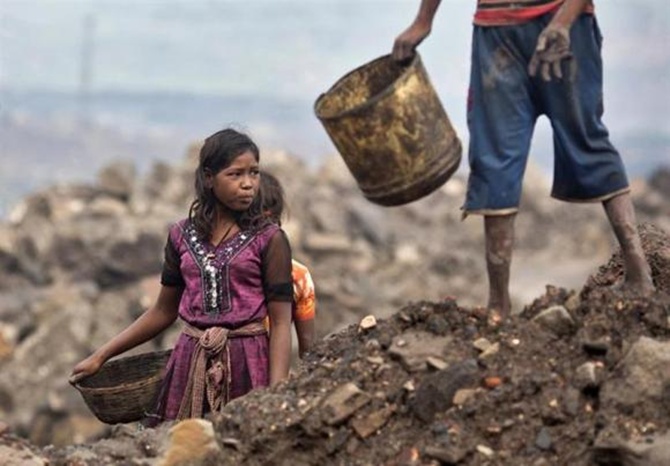
India, the revised index shows, is a much larger economy with people having greater purchasing power than was previously thought.
In fact, by the new assessment, it is now the third largest economy measured at $5.75 in 2011 on PPP basis, with per capita expenditure at $4,735.
On the previous PPP index, it was the fifth largest.
The PPP index is developed under the International Comparison Programme run by the World Bank, a massive exercise to collate and compare prices of hundreds of commodities and services from across the world.
What one gets at the end of the exercise is a measure of how much of the same set of commodities can be bought against a US dollar in various countries.
Please . . .
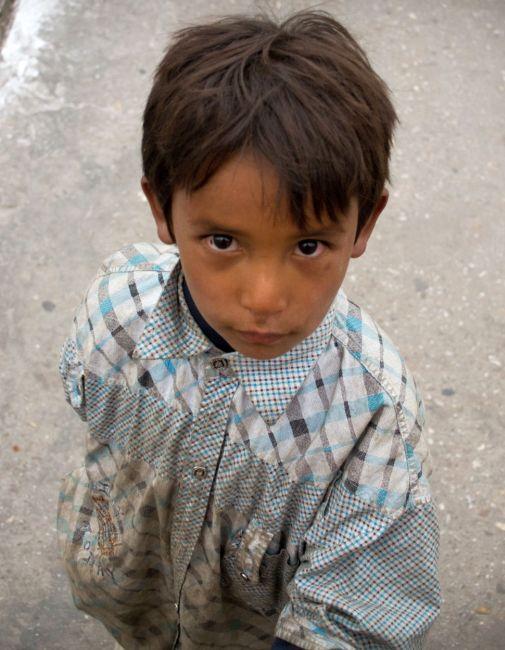
As Kaushik Basu, now chief economist of the World Bank, puts it, “In case a dollar in Ghana can buy three times what it can buy in the United States, then a person who earns 1,000 dollars each month in Ghana is said to earn 3,000 in terms of ‘PPP-adjusted dollars’.”
By taking the World Bank-prescribed $1.25 as the poverty line on the previous PPP index, India had 402 million poor people in 2010.
But with the revised PPP number, the Centre for Global Development’s back of the envelope calculations put the figure at 102.3 million in 2010.
Brookings Institution suggests it would fall down to as low as 98.9 million.
Please . . .
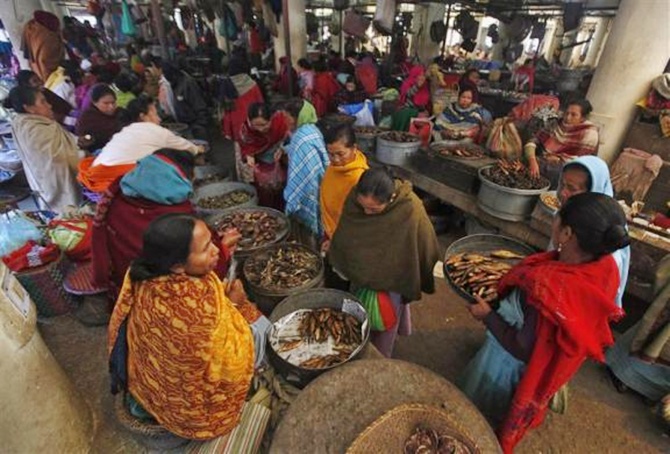
Global poverty itself would fall by more than half from 1.2 billion poor people to 571.3 million overnight, for economists at least.
That means the Millennium Development Goals target for 2015 has been met.
The story of this statistical game lies behind the method of calculating the PPP index and the global poverty line.
The global poverty line was last drawn by looking at the average of the poverty lines of the poorest 15 countries and converting it into a dollar basis using the PPP index of 2005.
There is no specific reason as to why the poverty lines of only these 15 countries are considered.
Please . . .

“Poverty lines are drawn by varying parameters across countries.
“Then they are brought to parity using the PPP index, which leads to anomalies that cannot be reconciled,” explains Himanshu, assistant professor at Jawaharlal Nehru University.
The PPP index, which tries to compare the purchasing power of the dollar in different countries for the same basket of goods, is built on a substratum which is not so firm either.
“While PPP is based on a fixed basket across the world, people don’t really consume the same goods in the same ratio across countries or across income levels.
“The weight assigned to goods in the commodity basket may reflect more accurately the situation of some countries or a particular section of society than others,” Himanshu explains.
Please . . .
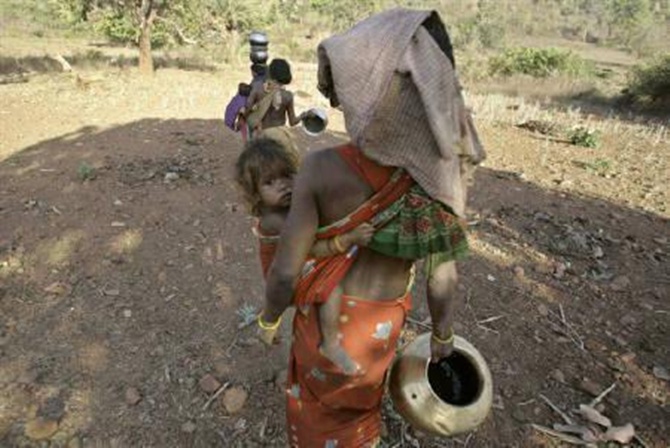
The commodity price data collected for the PPP calculation have an urban bias in developing countries.
Take the example of computing rentals and cost of housing.
Different regions of the world provide numbers gathered through varying calculations.
In cases of developing countries, where urban housing and rentals go unrecorded by official statistics, the results can be far from the truth.
As an economy grows, while some luxury goods may become cheaper, for the poor the basic commodities could go out of reach.
As N C Saxena, who has worked on identifying the poor in India, notes, “The value of the dollar renders the PPP price index an unfair representative of the purchasing power of people in developing countries, especially of the poor.”
Please . . .

The World Bank is seized of the matter, say several people who have engaged in conversations with the bank or the United Nations.
They suggest the new poverty line could be around $1.78-1.75.
This, Saxena’s back of the envelope calculations suggest, would put India’s poor at 110 million in 2011-12.
That would still be much lower than the numbers the Rangarajan committee reported recently.
Please . . .

But, as World Bank chief economist Basu says in his blog about the PPP numbers, “We should simply recognise that PPP has inherent shortcomings and treat statements of country size and power with, let us say, a fistful of salt.”
When these indices and poverty lines are drawn for the first time, they naturally come along with caveats and assumptions.
But once they are published, people using these numbers miss or ignore the fine print Basu speaks of.
The new poverty line will also become the sacrosanct truth with repetition, setting the global debate between developed and developing countries.
But then again, as Himanshu reminds, global financial transfers from developed to developing countries are ultimately guided more by strategic interests than poverty.